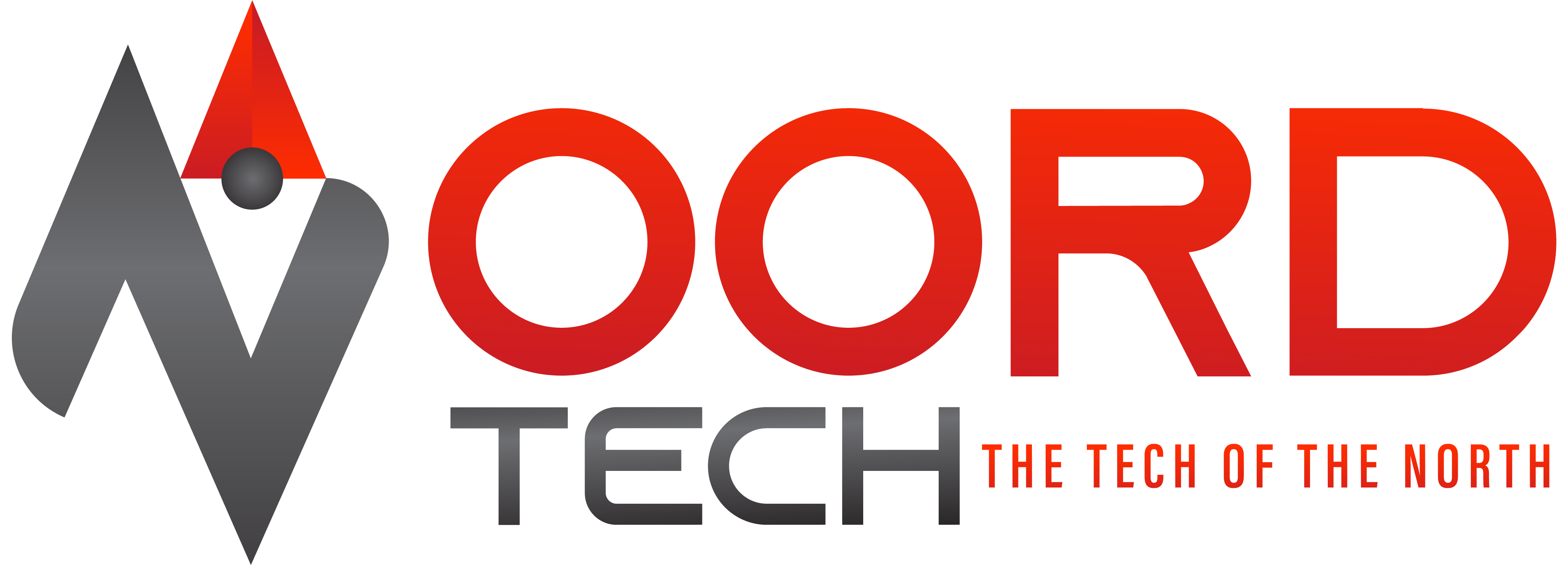Releasing a website refers to the process of making a website live and accessible to the public through the World Wide Web (www). This process involves publishing the website files on a web server, configuring the domain name, and ensuring that the website is accessible and functioning properly. Releasing a website typically involves several steps, including testing, debugging, and making any necessary updates and optimizations to improve the user experience. Once these steps have been completed, the website is considered to be “released” and is ready for public consumption.
Releasing a website typically involves the following steps:
- Preparing the Website Files: This involves organizing and preparing the website files, such as HTML, CSS, JavaScript, images, and any other necessary assets.
- Deploying the Website Files: This involves uploading the website files to a web server. This can be done manually or through automated tools and scripts, depending on the hosting setup and deployment process.
- Configuring the Domain Name: This involves setting up a domain name for the website and linking it to the web server where the website files are stored. This allows users to access the website using a memorable and easily accessible URL.
- Testing the Website: This involves checking that the website is functioning correctly and that all links and functionality are working as expected.
- Optimizing the Website: This involves making any necessary updates and optimizations to improve the website’s performance, such as improving the website’s load time and optimizing the layout for different devices.
- Going Live: Once the website has been tested and optimized, it is ready to be released and made available to the public. This typically involves changing the website’s status from “development” to “production.”
It is important to note that the steps involved in releasing a website can vary depending on the complexity of the website, the hosting setup, and the deployment process. Some websites may also require additional steps such as securing the website with an SSL certificate or setting up a Content Delivery Network (CDN) for improved performance and availability.


